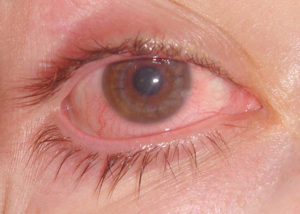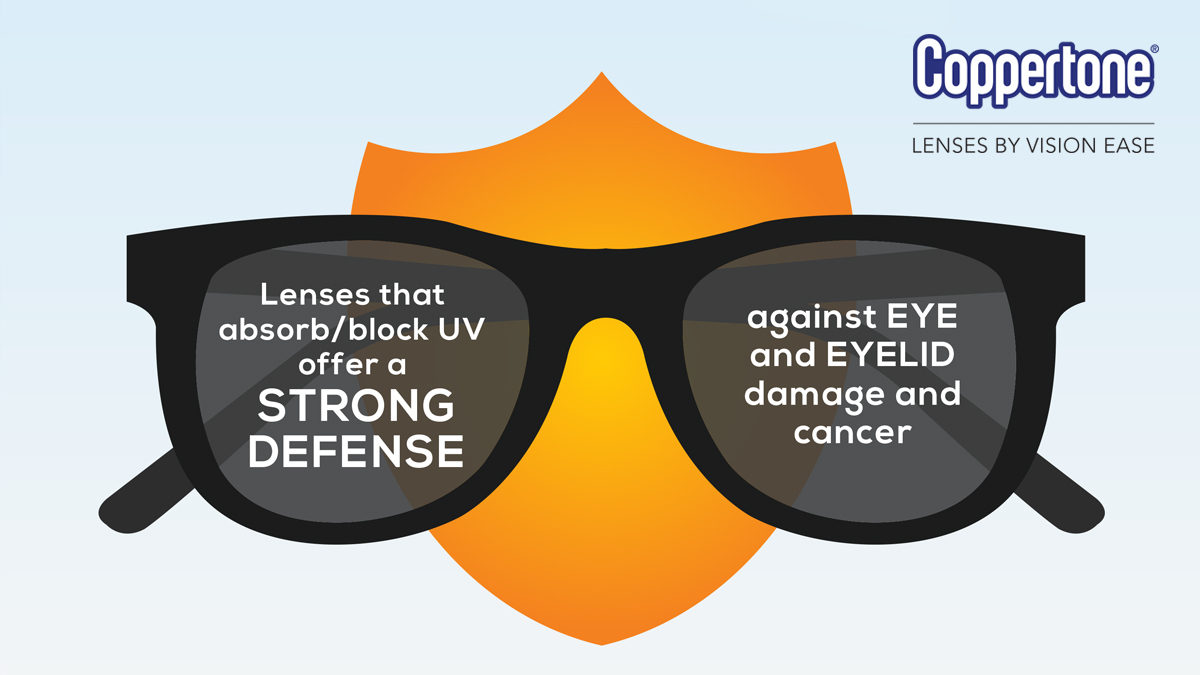Your Eyes Burn Just Like Your Skin
May is Skin Cancer Awareness Month
It’s never been more important to take sun safety seriously for the sake of your skin – and your eyes.
As one of the most preventable forms of cancer, the majority of skin cancers are caused by exposure to dangerous UVA/UVB radiation from the sun and artificial sources like tanning beds. In fact, over the past three decades, more people have had skin cancer than all other cancers combined.
These numbers have not gone unnoticed. From the FDA’s formal reclassification of UV tanning devices from a low risk to high risk devices, to celebrities speaking out on social media, more is being said and done to increase public awareness about the dangers of UV radiation and prevented measures to stay safe in the sun. However, most people are still unaware that the dangers of sunlight apply not only to their skin – but to their eyes as well.1 Overtime the sun’s harmful rays can damage the eyes and surrounding skin contributing to serious eye problems like vision loss, macular degeneration and eyelid cancers.

How different parts of the eye are affected
Different structures of the eye are affected in different ways depending on the type and intensity of light. Though not part of the eye itself, the eyelids and skin around the eye are the most common areas for non-melanoma skin cancers. The most common cancer that affects the eyelids is basal cell carcinoma (BCC) which accounts for 85 percent of all eyelid tumors and is the most frequently occurring type of cancer in the entire body. Exposure to UVA/UVA is also linked to loss of elastin, pigmentation and other signs of aging.
Without protection from the sun, the front surface of the eye (made up of the Cornea, Sclera and Conjunctiva) is at risk for certain sun related problems such as:
- Photokeratitis – A painful sunburn of the cornea. Though commonly called snow blindness, photokeratitis can occur in summertime as well—especially when on the water, which reflects UV and HEV rays.
- Pinguecula – A non-cancerous but unsightly yellow growth in the conjunctiva.
- Pterygium – A pink, triangular-shaped growth on the sclera that can invade the cornea, causing vision problems.
- Conjunctival tumor – Repeated sun exposure has been linked to a cancer of the conjunctiva called squamous cell carcinoma, which can recur after treatment and may spread to other parts of the body.
The damage to the eye caused by exposure to sunlight is not limited to the front structures of the eye. Studies have linked high lifetime exposure to sunlight to certain types of cataracts which can only be treated with surgery. Longer wavelength UV rays (UVA) and HEV blue light can penetrate deep into the eye and have been shown in laboratory tests to cause damage to light-sensitive cells in the retina consistent with changes caused by age-related macular degeneration (AMD). These and other studies suggest too much sunlight over a person’s lifetime may increase the risk of AMD later in life. Currently, there is no cure for macular degeneration, which can cause permanent vision loss. Watch to see how different types of high energy light effect the eye
Protecting Eyes from Harmful Sunlight
In 2012, CNN talk show host, Anderson Cooper, made headlines when he shared his experience of being blind for 36 hours after sun burning his eyes while out on the water without sunglasses. While perhaps not as severe, similar experiences are more common than you think. More than 1 in 3 adults have experienced symptoms from unprotected UV exposure.

Like a sunburn on skin, the discomfort is temporary, but it can still cause cumulative and lasting damage. However, taking steps to protect eyes can help keep eyes healthy.
Recommending the Right Protection

To protect eyes, recommend sunglass lenses that absorb & block UV, offering a strong defense against eye and eye lid damage. According to the Skin Cancer Foundation, sunglasses should:
- Have the ability to block 99-100 percent of UVA and UVB light
- Guard against HEV Light
- Be large enough to shield the eyes, eyelids and surrounding areas
- Be Durable and Impact Resistant
- Be Polarized – to eliminate glare
View the Infographic to learn more
Learn More about Skin Cancer Awareness Month
With 5.4 million cases in more than 3.3 million people diagnosed annually, skin cancer is the most common form of cancer in the United States. Fortunately, skin cancer is also one of the most preventable forms of cancer and highly treatable when detected early. Visit skincancer.org to learn more

